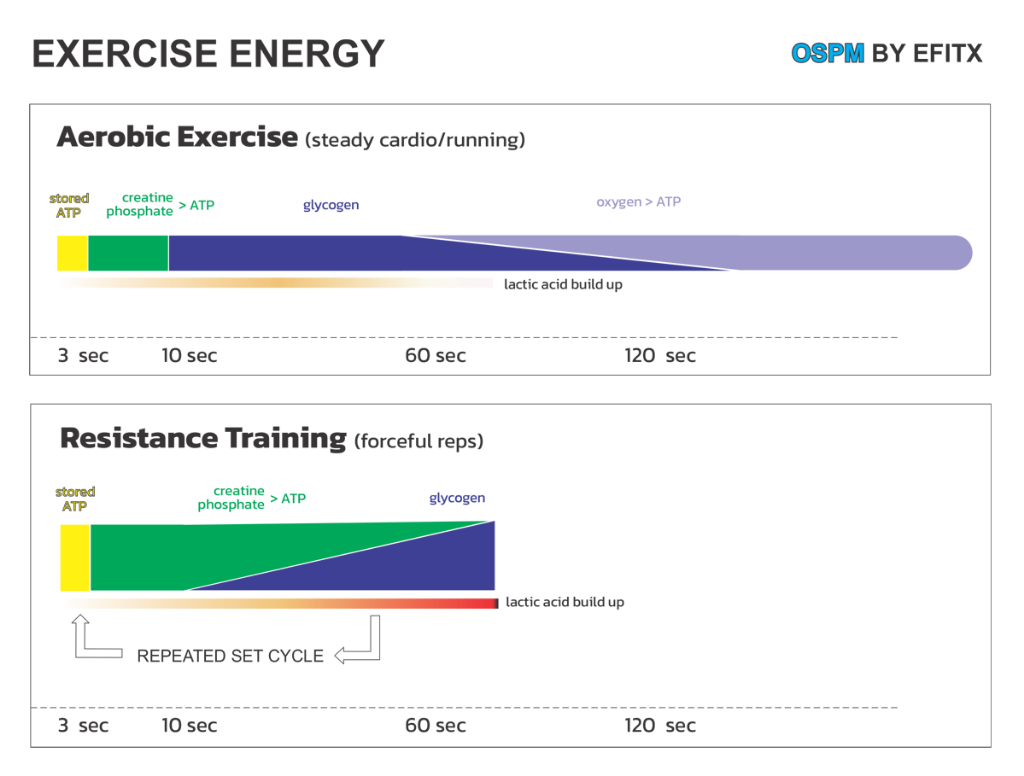How do you expend calories?
Full access to this article is available for Strength Foundation Students/Clients only. Some content might be blurred or blocked intentionally.
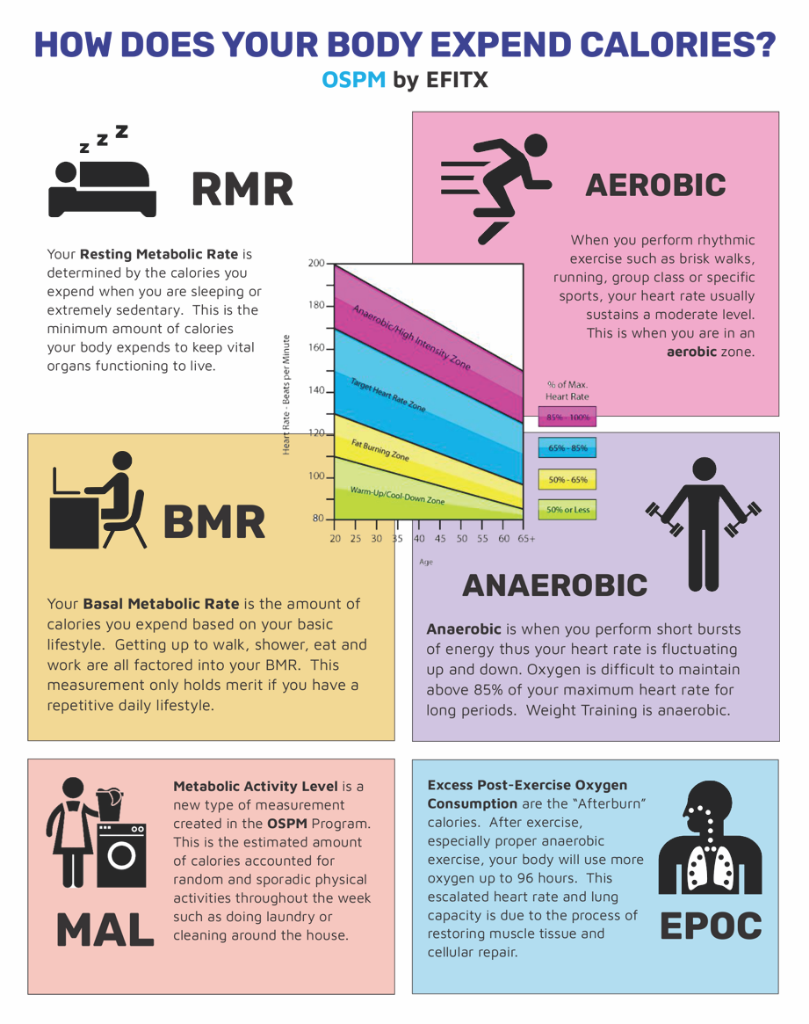
In summary, there are six general ways we expend calores. RMR (Resting Metabolic Rate) and BMR (Basal Metabolic Rate) are present everyday for living. MAL (Metabolic Equivalent Level) is a measurement of non-essential activites performed such as laundry day, gardening, grocery shopping. What makes MAL different from METS (Metabolic Equivalent) activities, is MAL factors previous activities such as streneous workouts the night before that may affect your performance on those typical weekly tasks.
MAL expenditure is a more broader term than EPOC (Excess Post-Exercise Oxygen Consumption) ; the additional calorie expenditure after workouts. MAL considers the total of any type of daily activity.
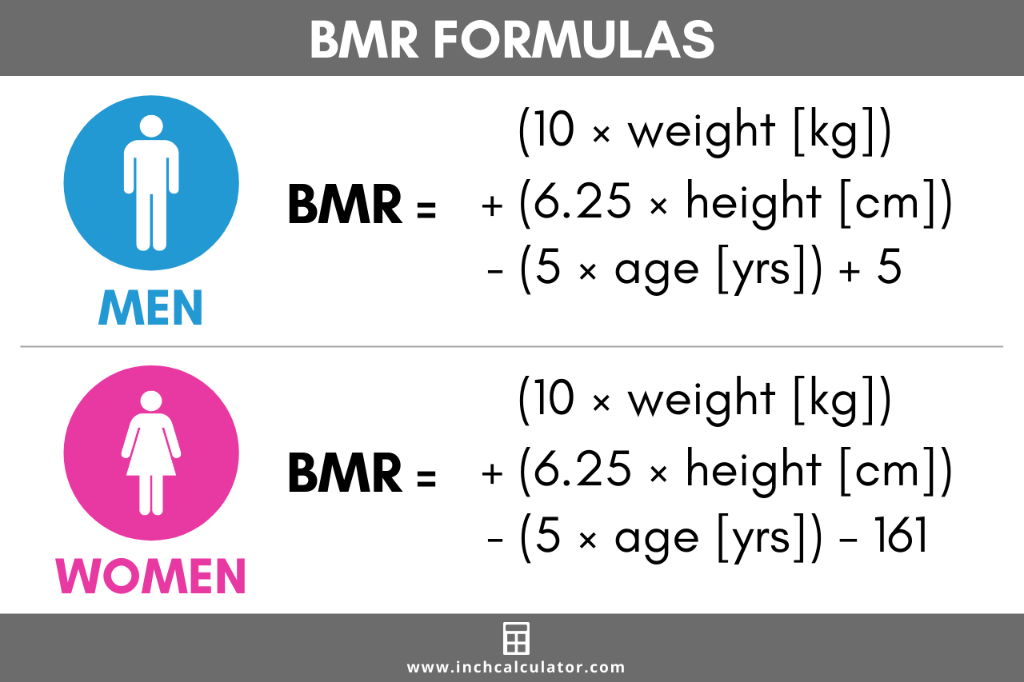
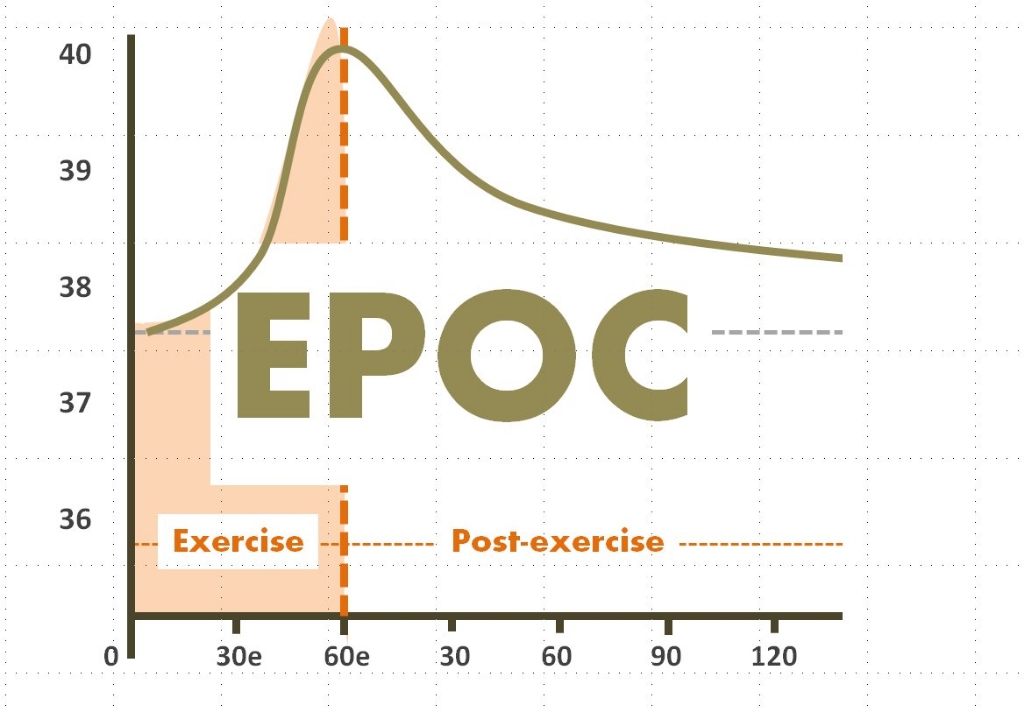
EPOC seems to be a confusing term without any clear definition. Your body will expend more calories to repair tissue after good workouts. It can be defined as the "Afterburn" after a workout however how significant of an extra calorie burn can it be?
Some facts:
METS is a very old method and I would ignore the point system in this image. I just posted the diagram here to help distinguish the differences of activities. Today I find the METS system inaccurate due to factors such as MAL. Expenditure from activities are based on the condition you are currently in. You could be tired from lack of sleep or you could be pumped up from having that double shot of expresso. The measurements can vary significantly every week.
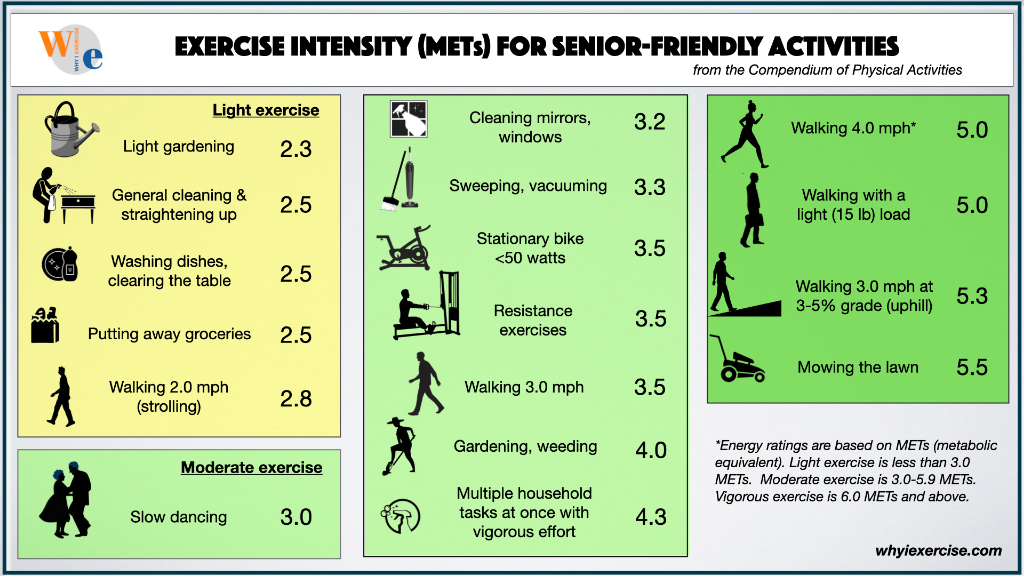

The green bar in these graphs represent typical resting heart for an adult 25 to 45 years of age.
H.I.I.T (High Intensity Interval Training)
Heart is escalated to 90% for about 30 to 60 seconds. Once you stop a set, your heart rate begins to dip however once it dips below 75% you begin the next set and so forth.
M.I.C.T (Moderate Intensity Circuit Training)
A more fluid heart rate is produced. Hiking with moderate hills, activities with rhythmic patterns such as swimming, dancing, stop and go street cycling are some examples.
Anaerobic Training
This is weight training perform set after set with about 60 to 90 second rests.
Anaerobic Circuit Training
This is weight training but usually by supersets where you extend the set duration.
When you exercise there is a time to lift heavy. But you can`t lift really heavy properly if your body is struggling to produce ATP or you have a build up of annoying lactic acid. This diagram provides the outlook on how your body looks for energy and how creatine plays a role.
During aerobic activity, in the beginning stage, the body looks for the most abundant forms of energy. This may include any recent food you may have consumed such as glucose or anything it can turn into glucose quickly. I mention to my clients that I`d rather have them perform cardio immediately after their anaerobic resistance training because glucose will be depleted and this will kick start the process faster on using fat energy sources.
